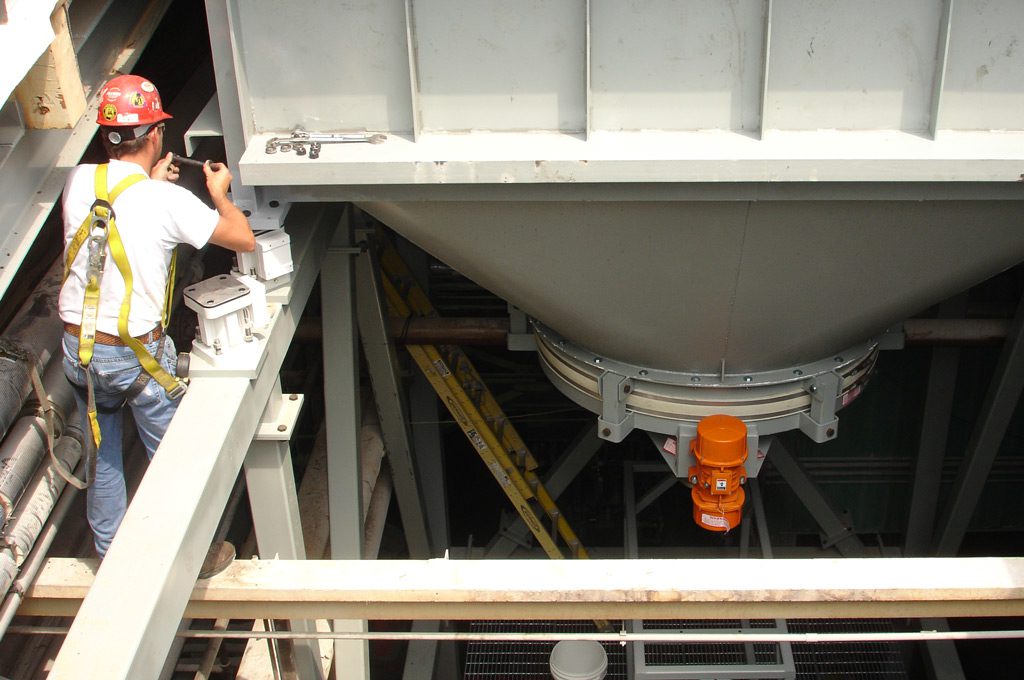Coordinating a mechanical contracting project demands a lot of communication, flexibility, and coordination between the customer and the fabricator. And while everyone wants to complete the project in a timely, safe, and cost-effective manner, the best way to ensure that happens is to plan ahead and consider all of the variables that can impact a project’s schedule and cost. To help you plan for your next mechanical contracting project, we’ve provided a list of the most important factors to consider as you prepare your site for a safe, efficient, and cost-effective experience.
- Site Conditions. Access to the work area is a critical factor in making sure the crew can get to the equipment and the spaces where they need to be to perform the work they were hired to do. Multiple contractors or employees using the same access points can cause delays and challenges for getting needed equipment moved in and out of the area, and may add extra work or steps to the overall process.Once accessed, the actual space allotted for the work to be completed in is also an important factor. The level of difficulty created by a confined space and the speed at which the work can be performed will impact time and budget. Some space constraints even add a level of complexity for fitting the necessary equipment into the work area.The general cleanliness and organization of the work area is also important for safety reasons, as well as allows for more space for workers to move about and place their tools and equipment.
- Job Schedules and Timeframe. The overall timeframe given to complete the project and the schedule of when work can be performed will definitely influence cost, and is important for a couple of reasons. First, the shorter the job timeframe, the less amount of time there is to spread the job costs out. Secondly, a short timeframe for completing a job typically means the crew is working longer hours, which kicks in overtime and drives up costs.Accommodating a customer’s schedule of when work can be performed can also be a cost driver. For example, if a customer wants the work done during 2nd or 3rd shifts or on a weekend, that will drive up the cost for labor. Schedules can impact other things, too, like equipment rental prices. Generally speaking, the shorter the timeframe for the rental, the higher the cost. Longer durations of time can make equipment rental more economical.
- Design Time. If the proper design and engineering work has not been done up front in advance of the work starting, it still needs to happen. This pre-work can delay the start of the project and add time onto it throughout the course of the job. There can also be costly delays, mistakes, or challenges due to not having completed the proper engineering work in advance of starting the job.
- Material and Supply Delays. If the customer has ordered materials, job specific equipment, or special-order parts, they must be on site in time for the contractor to complete the project. Sometimes the contractor gets to the job, uncrates the customer supplied parts, and only then discovers that something is missing. This creates the need for expedited procurement and shipping costs, and even worse, multiple mobilizations. Missing parts create change orders and increased job costs, so it’s critical for the customer to verify that everything is on site and ready to go before the crew shows up.
- Geography. Depending on the location of the job in relation to the fabricator, projects that require travel, overnight stays, per diems, and longer hours will drive up the cost of the overall project. It’s a good idea to have a full understanding of these costs from each fabrication company being considered during the bid evaluation process.
- Weather. You may not be able to do much about it, but weather conditions can be a huge factor in delays of work or making some processes very difficult, adding time and money to the project. For outside work, the middle of summer and winter present the biggest hurdles for the crew. Working in 100+ degree weather means more hydration breaks, slowing down the pace of work. High winter winds and/or snowfall can also make for slower work. If a crane is involved, high winds can present unsafe conditions, delaying work and costing time and money. If work is being done on a roof, even rain can cause delays on the job.
While there are varying degrees to which each of these factors can be controlled, there are some important decisions and tradeoffs that need to be made. If you’re concerned about your project budget and doing everything you can to be price conscious, you may want to take some of these factors into consideration as you plan your next on-site project work.

